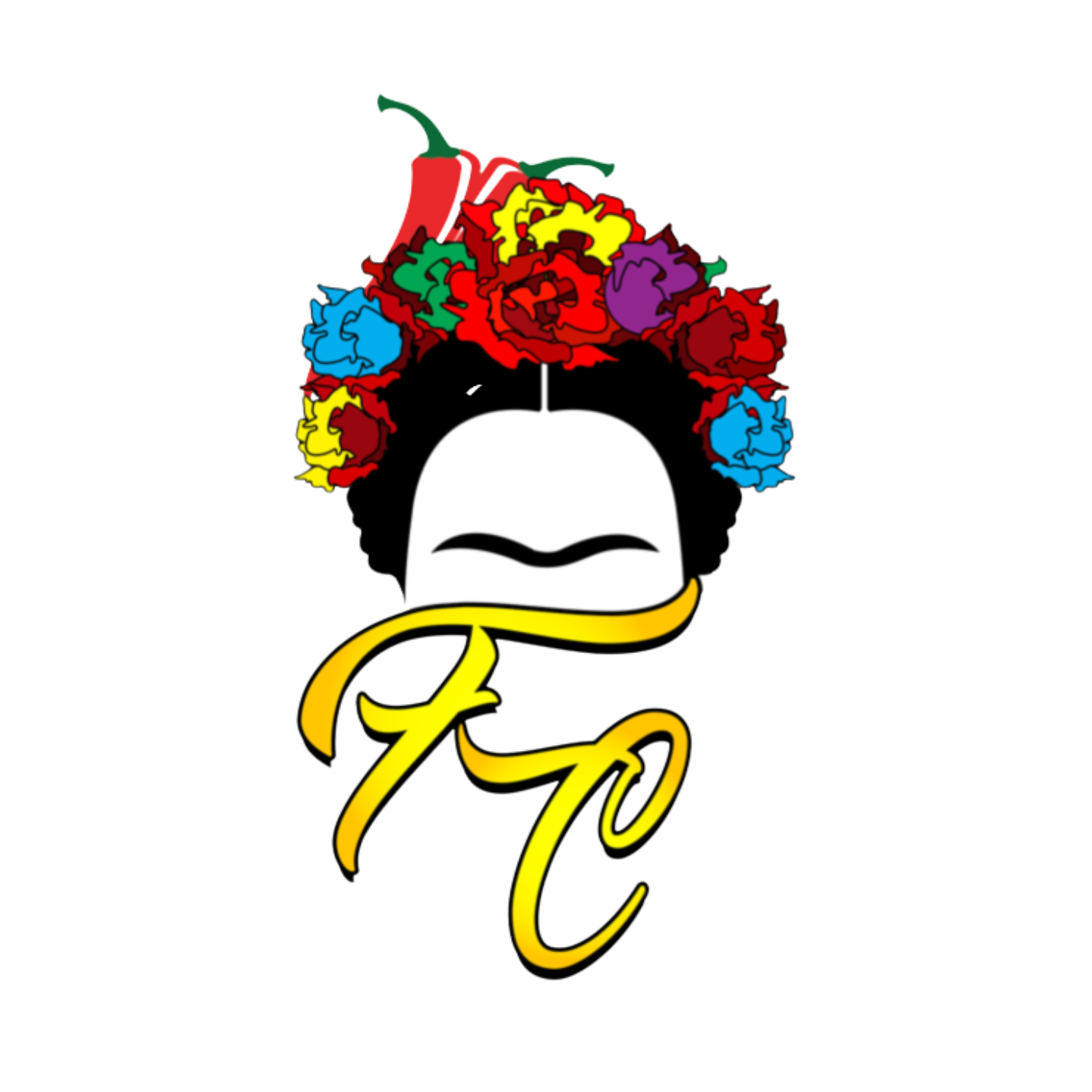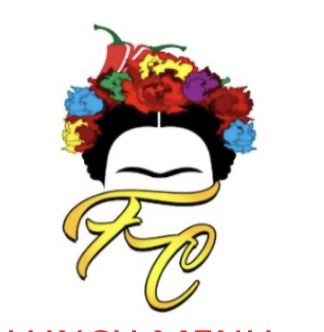History of the Taco
Beginnings
With its roots in ancient Mesoamerican cultures, adopted, adapted, and globalized by modern societies, the wildly popular taco, is arguably one of the most recognized foods in the world. We’d argue that it is just as popular as a hamburger or pizza! Of course, rightly so, it is considered a staple of Mexican cuisine, but the taco’s origin can be traced back thousands of years prior to the existence of Mexico as a nation.
However, the history of the taco would not be complete without recognizing the influences outside of Mexican culture. Understanding the traditional ingredients that make tacos authentic requires exploring our essential ingredients guide to Mexican cuisine. Understanding the traditional ingredients that make tacos authentic requires exploring our essential ingredients guide to Mexican cuisine.
Arguably, we can confidently state, the taco was international from the very start. According to University of Minnesota professor Jeffrey Pilcher’s book Planet Taco, “But as a product of the encounter between Native Americans and Spanish conquistadors, Mexican food was globalized from the very beginning.”
The taco as we know it today is a combination largely of indigenous Mesoamerican and Spanish influences but also other cultures as well. After the Spanish conquest of the Aztecs in the 16th century, the Spanish introduced new foods to the indigenous people of Mexico, such as cattle, pork, and wheat. These ingredients, along with traditional Mesoamerican ingredients like corn and beans, were used to create new dishes, including the taco.
To get a complete perspective on the history of the taco, we must know where the word “taco” originates from. Taco simply comes from the Mexican-Spanish word “taco”, which originally referred to the paper or parchment paper used to wrap gunpowder in the mines. The word later came to refer to a type of Mexican street food made by filling a tortilla with various ingredients. Over time, the taco has evolved to include a wide variety of fillings and has become a staple of Mexican cuisine.
Adoration of maize. Florentine CodexHere at Frida’s Cocina, of course, tacos are a staple of our menu and the most popular item. In fact, we have at least 20 varieties of tacos between our breakfast and lunch menus. Thus, we felt compelled to share the story of how the taco came to be and delve a little deeper into some of the details. We will keep this article concise and not bore you with every minor detail. Let’s get started.
Maize A most ancient cereal grain
First, holding it all together is? Yes, the tortilla! Without it we have nothing. Firstly, maize (corn) which is the main ingredient in the corn tortilla was domesticated and cultivated by indigenous cultures in south-central Mexico about 9,000 to 10,000 years ago. For the next several thousand years, its cultivation spread throughout the Americas.
Around 3500 years ago or so, the Olmecs created a corn and bean stew that creates a basis for what was to come. This dish of beans and corn as it turned out provided the nutritional value missing in corn alone, specifically niacin. That led to nixtamalization, the process by which corn is soaked and then cooked in an alkaline solution completing its nutritional profile which prevents pellagra which is a deficiency of vitamin B3 or niacin. This ancient technique, along with other traditional Mexican cooking methods, is detailed in our essential ingredients guide.
The language of the Aztecs and other central Mexican and some Central American indigenous peoples is Nahuatl. Tlaxcalli is the Nahua word for tortilla. Some of the foods you may have found wrapped in their tlaxcalli were moles, beans, chile stews, containing deer, geese, turkey, grasshoppers, and other insects just to name a few. Text continues after popular blog posts section below.
Popular Blog Posts:
Conquistadors arrive in the New world
When Hernan Cortez and his conquistadores arrived, naturally a cultural exchange immediately began. Undoubtedly, Cortes and his men ate a variety of foods during their stay in Tenochtitlan, the capital of the Aztec empire.
The Aztec diet consisted of a variety of staple crops, such as corn, beans, and squash, as well as vegetables, fruits, and meats. Cortes and his men would have had access to these foods, as well as to fish and other seafood, which were an important part of the Aztec diet. They certainly also ate the food brought from Europe, such as salted meats, cheeses, and other preserved foods.
Cortes and his men sampled a variety of Aztec foods and beverages that were new to them, such as chocolate, which was consumed as a drink, and various types of fruit, such as pineapples, papayas, and mamey sapotes.
Overall, the diet of Hernan Cortes and his men during their stay in Tenochtitlan would have been a mixture of European and Aztec foods, reflecting the cultural exchange that took place during this period of history.
However, as the conquest progressed cultural shifts were inevitable and the indigenous way of life including their diet were altered forever. Fortunately, the tortilla never went away even though the powers that be and the elitists of creoles and mestizo society tried their best to eradicate it by elevating and forcing the adoption of European based diets.
Ironically, some Mesoamerican staples including maize, chocolate, and chiles do manage to circulate around the world. Specifically, maize was relatively easy and cheap to cultivate so it remained a “poor man’s” crop relegating it to lowly status and keeping it there for several centuries.
Fast forward to September 1821, New Spain gains independence from Spain and a new nation is born, Mexico! Slowly but surely, Mexico forges a new identity and attempts to consolidate disparate aspects of the existing culture and foods throughout the region. Some of these foods were not only local and Spanish but also from other parts of the world due to incoming immigration from Asia the Middle East and Africa.
However, it was French cuisine that captured and owned the hearts of the Mexican elite and high society. Anything perceived to be indigenous was rejected, at first! As time passed, these same indigenous foods crossed social barriers and were slowly adopted. Duh! Who doesn’t love tacos?
It was in Mexico City that different communities and their culinary traditions from all over the country congregated and where tacos really started to flourish. In the 1920’s migrants from the Middle East came to Mexico and brought with them shwarma, lamb cooked on a vertical rotisserie. Lebanese Mexicans are credited with creating a new version using tortillas and chile- spiced pork meat cooked the same way as shwarma topped with pineapple and called it? I hope you guessed, tacos al pastor! Which is only one of the most popular tacos ever! In case you need help pronouncing al pastor, repeat after me: “apple store”! Yes, it’s that simple! Learn the complete fascinating history of al pastor tacos and how this Middle Eastern technique became a Mexican favorite.
Follow Us
going global
Fast forward to modern times, the 20th century. It is in the early 1900s that we begin to see the taco appear north of the Mexican border with migrants and seasonal workers. Not surprisingly, we see this only in the American Southwest. For example, taking care of a rising need to provide affordable but delicious food to workers, the Chili Queens of San Antonio, fulfilled this need locally. Slowly but surely, Mexican food and especially the taco’s popularity makes its way further out into the heart of the USA and beyond.
With the migration of Mexican food to the North, came industrialization of recipes and cooking methods and of course the global popularity the taco enjoys today. A perfect example of this would be Taco Bell founded by Glen Bell who marketed a modified version of Mexican food to the American public with much success obviously. Although, Taco Bell did not invent the taco hard shell, he surely popularized it.
Taco lovers, we have come to the end of this concise story, the history of the taco. It was not meant to be comprehensive but only to provide a high-level overview of how the taco as we know it came to be with us today. We cannot do the full story of the taco justice in this short space. Follow us on social media where we will continue to explore this ever-evolving story!
Let’s taco bout it!









